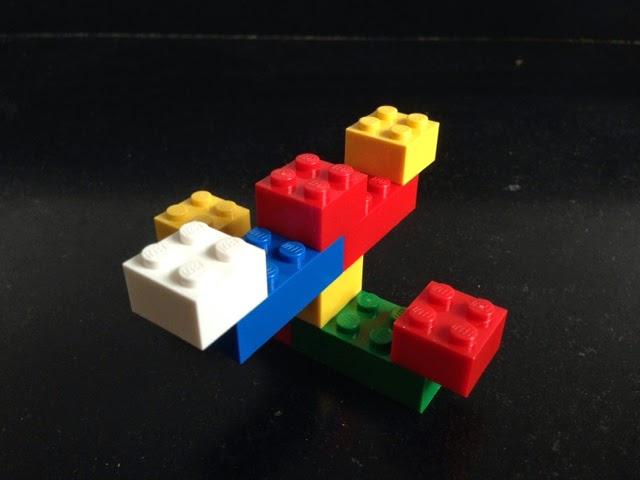Mexico City, Tenochtitlan, a
huge living sculpture, a built environment whose immediacy sits on the surface
of a dense and teeming historicity. The land, a bowl surrounded by mountains,
sinks as it evolves, sculpted by tectonic and human forces that slide, accrete,
press, and tunnel. South: Chinampas, a living collaboration of humans and
nature. North: Teotihuacan, the collaboration of humans and heaven. In the Centro
Historico the monumental Zocalo lies juxtaposed, pulsing between palaces and
ruined temples, teeming markets and packed streets.
People here join and shape
the living urban sculpture, a millennial continuum of movement: Hurried,
clustered, selling, strolling, digging, parking, building. Climbing the stairs
of innumerable churches, government buildings, markets, monuments, subways. opening
and closing a million windows and doors of a million apartments and cars. Green
spaces, plazas, fountains, roadways, murals, graffiti, all moving through
growth, flow, stretching, covering, adding to the fabric of the city. And
always, the slow movement downward of a city sinking into the lake that is its
foundation.
Movement has always been a part of this city. The God of Earthquakes, Olin, is also the god of movement. The symbol for Olin, which is also the symbol for earthquakes and movement, can be found in all kinds of iconography in and around Mexico City. As we learn more about how this city moves, it is fascinating to see that an understanding of movement has always been important to the people living here.






























